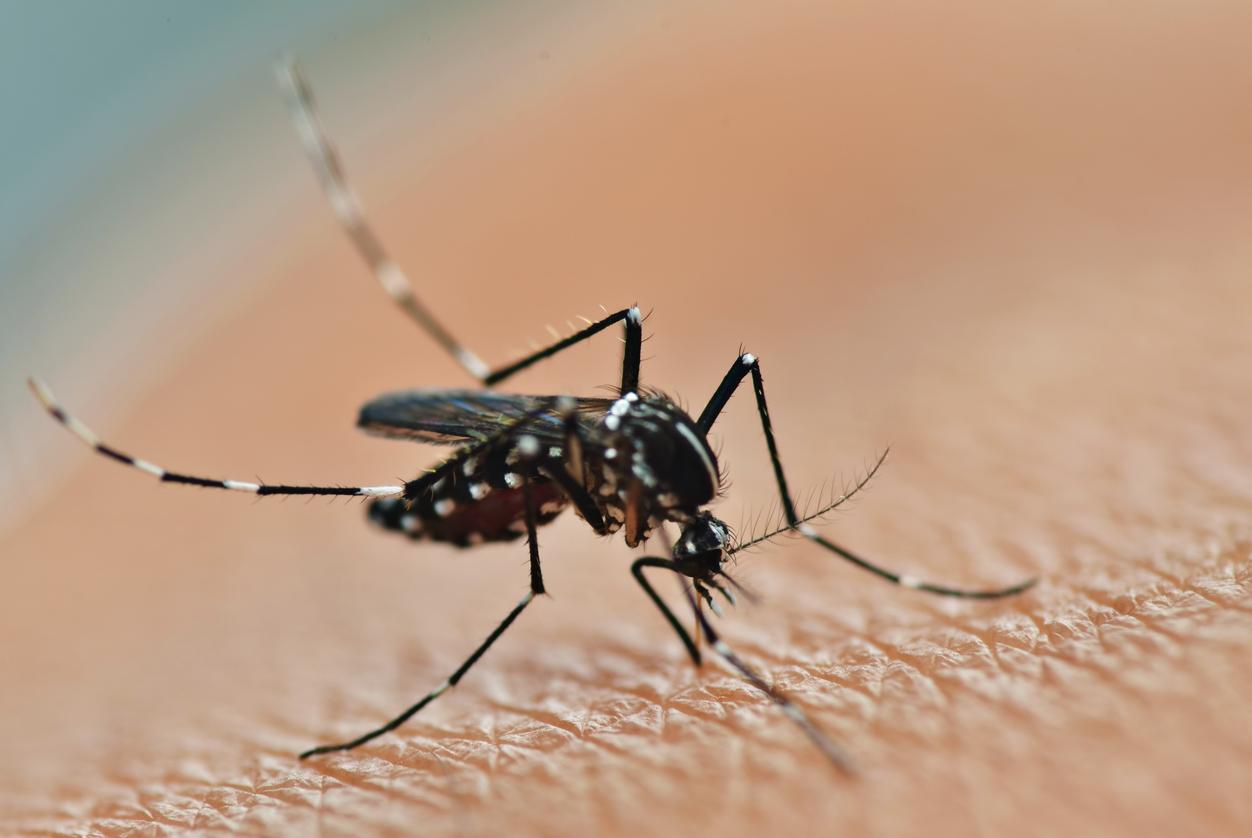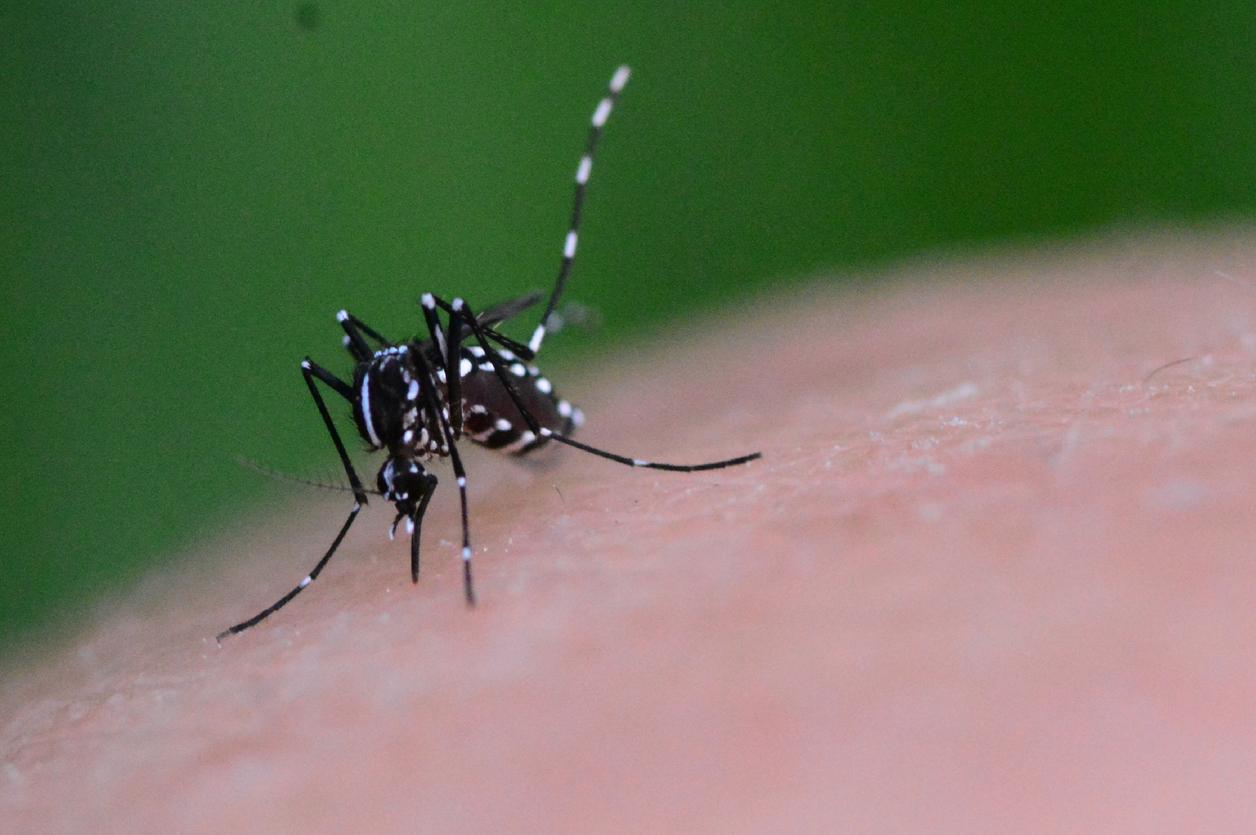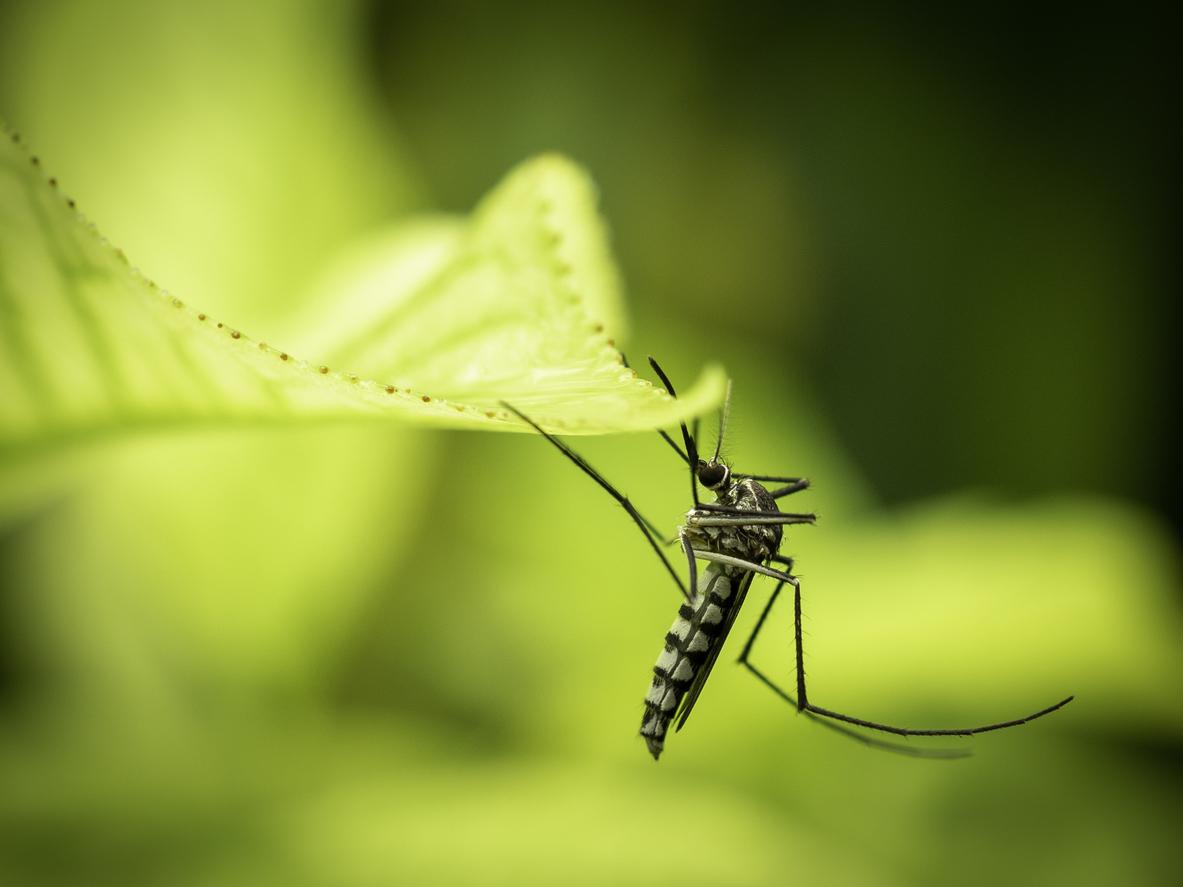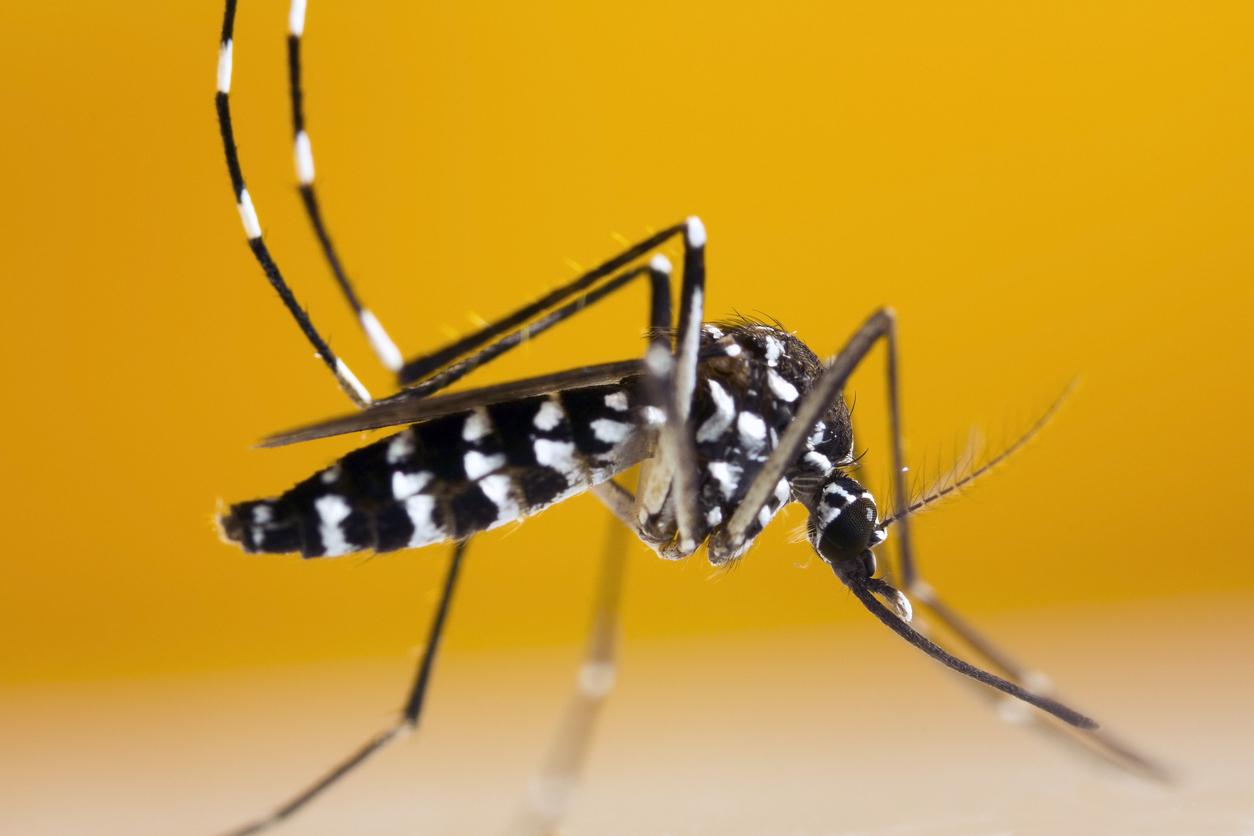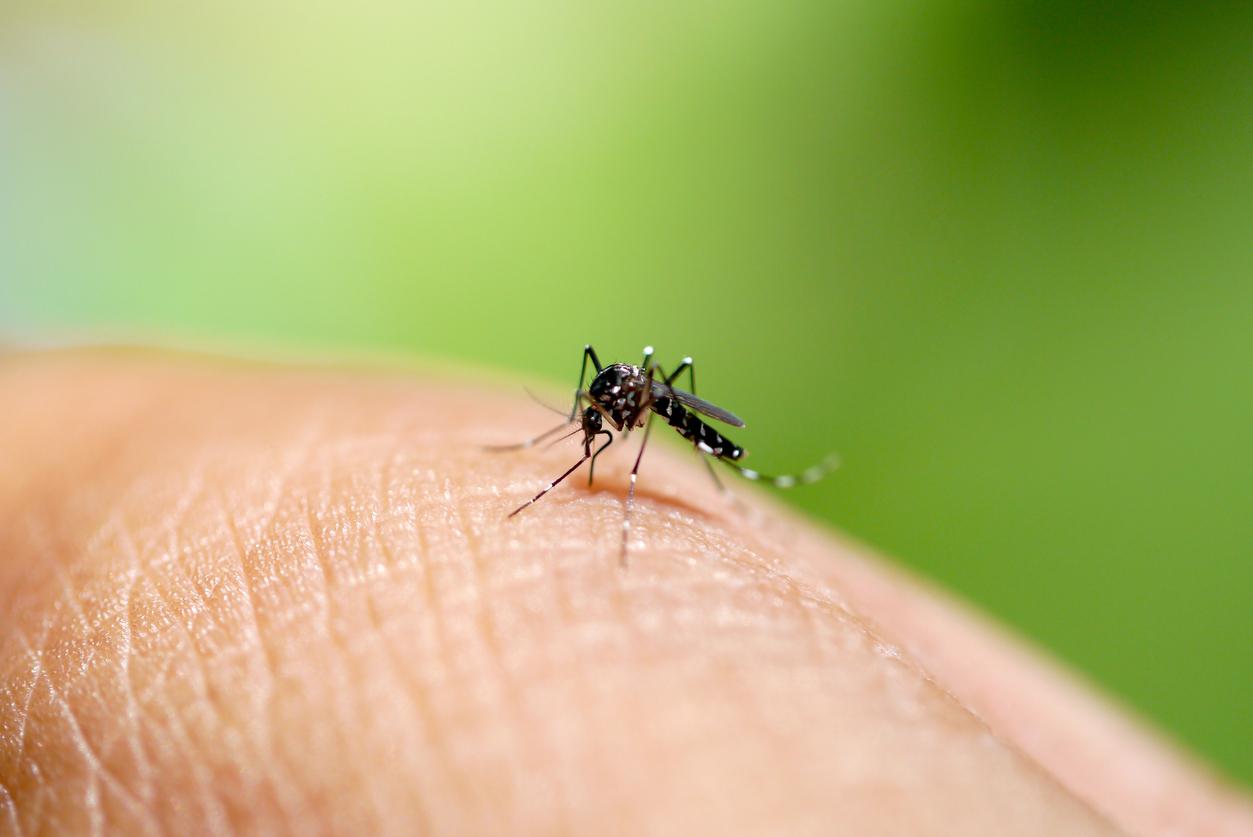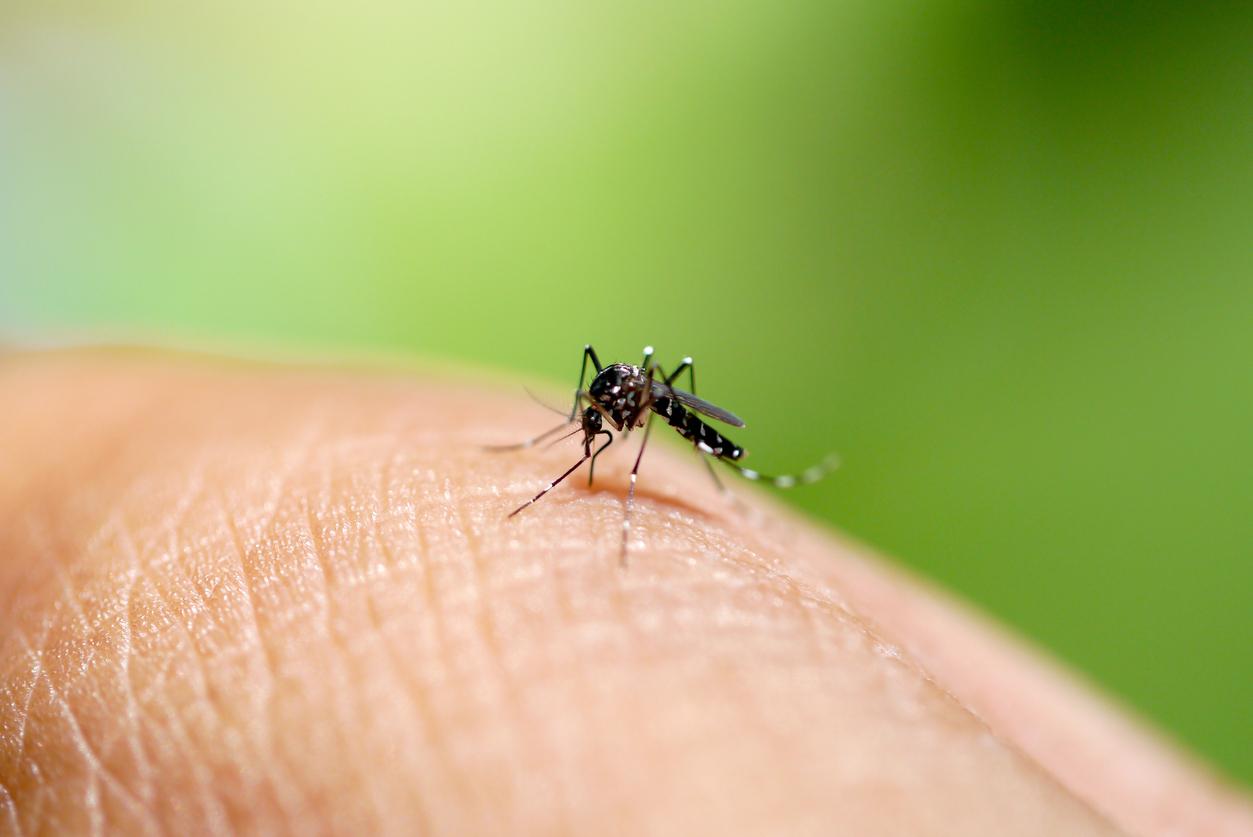The Provence-Alpes-Côte d’Azur region has launched the hunt for the tiger mosquito. Information and disinsection campaigns have been launched in the area.
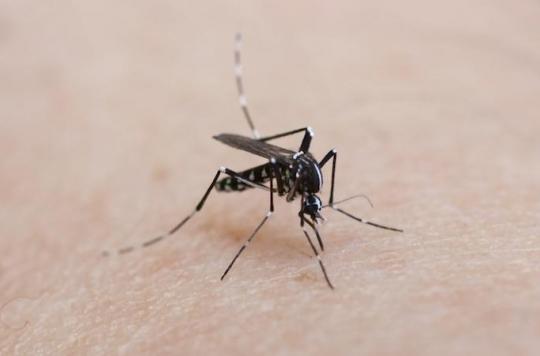
The PACA region declares war on the tiger mosquito. Since June 22, mobilization has been active in the six departments that make up this territory. It must be said that this pest has been present there since 2004. But the surveillance has paid off: only 9 cases of contamination by chikungunya or dengue have occurred in the region.
In total, 33 departments are under enhanced surveillance. In question, the presence ofAedes albopictus on their territory. This mosquito, rather active during the day, can carry viruses such as dengue or chikungunya. Limiting its expansion is therefore important.
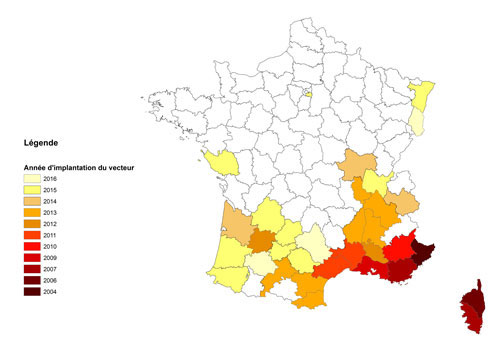
Location of the tiger mosquito and year of establishment (Public Health France)
150 meters of perimeter
As every year, imported cases have been reported. From 1er May to June 23, 32 people returned from abroad with symptoms of these infections. If bitten, viruses can then be transmitted locally. Which could be avoided during the summer of 2016.
Thanks to enhanced surveillance, preventive actions are put in place as soon as the diagnosis is made. The area around the home is mosquito repellent. An effective measure: a mosquito generally moves within a radius of 150 meters. Disinsecting the area therefore considerably reduces the risks.
In addition to this strategy, the health authorities still appeal to the population, who can act in prevention. The inhabitants of the PACA region are invited to fight themselves against the implantation of the tiger mosquito in their neighborhood. To do this, it suffices to systematically eliminate anything that can collect stagnant water, where these insects lay eggs.
Information kits
The permanent reserves must therefore be covered, or equipped with mosquito nets. Anything that can serve as a temporary store, such as logs or plants, can be stirred regularly. The control methods are specified in information kits distributed during the surveillance season.
Applying these measures is important. Indeed, a single female lays up to 1000 eggs during a season. And if the perimeter of action of a single mosquito is limited, its expansion can quickly progress at this rate of laying.
.







